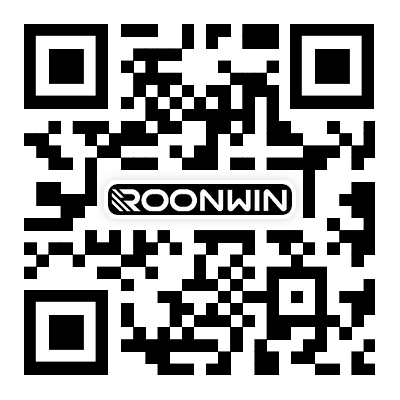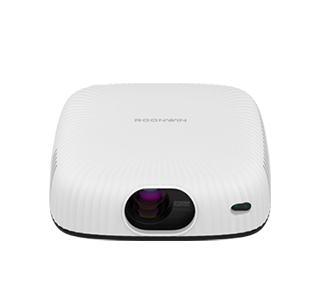
I. Core Positioning and Scenario Requirements
Solution Core Objectives
The 2G projector is designed with "low cost + basic connectivity +
practical projection" as its core. Leveraging the wide coverage of 2G networks
(GPRS/EDGE), it addresses basic connectivity needs (such as remote device status
query and simple control) in remote areas and entry-level scenarios, avoiding
the cost of high-end configurations (such as 4K and 5G). It is suitable for
entry-level home use, rural education, and small business promotions.
Key Requirements Anchored
Networking Requirements: Supports basic 2G network communication
(20-100kbps), enabling remote power on/off, device fault reporting, and
incremental firmware updates. High-speed data transmission is not required (for
example, wireless projection still primarily relies on local Bluetooth).
Projection Performance: Focuses on "720P/1080P basic resolution + 1000-2000
ANSI lumens brightness," suitable for small spaces of 10-30 square meters (such
as bedroom viewing or classroom teaching), with noise levels ≤30dB.
Cost Control: The overall bill of materials (BOM) cost is 30%-40% lower
than mid-range and high-end models. This is achieved through a simplified
optical system, entry-level chips, and the integration of low-cost 2G
modules.
Target Scenario Characteristics
Remote Area Education: Multimedia teaching in rural schools requires stable
internet connectivity to report device operating status (e.g., bulb life, fault
codes) for centralized management.
Entry-Level Home Use: Basic viewing for budget-conscious users (e.g.,
watching TV series and children's animations), with support for 2G remote
control (e.g., remote power-up and preheating by family members).
Small Businesses: Self-employed individuals promoting products (e.g.,
playing product videos in stores), requiring low cost and low maintenance. 2G
functionality is used to remotely verify device operation.
II. Hardware Solution
Core Module Selection and Design
2G Communication Module:
A low-cost, industrial-grade 2G module (supporting GPRS/EDGE protocols and
covering the mainstream 900/1800MHz frequency bands) with an integrated SIM card
slot (supporting Micro SIM cards) and a 3.3V-5V supply voltage is selected.
Power consumption is controlled to ≤5mA in standby mode and ≤300mA in
communication mode to avoid additional power burden. The module communicates
with the motherboard via a UART interface, with a reserved reset pin for
restarting in the event of a fault.
Optical and Imaging Module:
The light source uses an entry-level LED (lifespan 10,000-15,000 hours, 50%
lower cost than lasers) with a brightness of 1,000-2,000 ANSI lumens. The
imaging chip is compatible with either a 0.33-inch DMD chip (1080p resolution)
or a 0.23-inch DMD chip (720p resolution). The lens adopts a fixed-focus design
(throw ratio 1.2:1, simplifying the optical structure) to reduce cost and
size.
Motherboard and Power Supply Design:
The motherboard utilizes a 4-layer PCB (2-4 layers fewer than the flagship
model), integrating basic power management (supporting a wide voltage range of
100-240V, with standby power consumption ≤1W), Bluetooth 4.2 (for local screen
projection), and a 2G module interface. High-cost interfaces like HDMI 2.1 are
omitted (retaining only HDMI 1.4 and USB 2.0). The core chip uses an entry-level
controller (supporting basic image processing, such as keystone correction
±30°), reducing computing power costs.
Structure and Heat Dissipation:
The housing is constructed of a single ABS material (reducing costs by 20%
compared to ABS+PC), measuring no more than 250mm×200mm×100mm for easy
transport. A simplified "single fan + heat sink" solution is used for heat
dissipation. The core components (light source, controller) maintain a heat
dissipation area of ≥80cm², maintaining a temperature below 70°C (enabling
long-term low-load operation).
Hardware Compatibility and Stability
2G Module Compatibility: Supports 2G SIM cards from various carriers (China
Mobile, China Unicom, etc.), with a reserved frequency band switching pin to
adapt to different regional networks (e.g., some regions only support
900MHz);
Power Supply Stability: The power module has added overvoltage and
overcurrent protection, and a 100μF capacitor is connected in series with the 2G
module power supply to prevent voltage fluctuations during communication from
affecting projection performance;
Anti-Interference Design: The 2G module is kept ≥5mm away from RF-sensitive
components (such as the Bluetooth antenna), and a grounding copper foil is
installed around the module to reduce image quality artifacts caused by
communication interference.
III. Software Solution
2G Core Function Development
Remote Basic Control: Receives simplified commands (such as "power on/off,"
"brightness adjustment," and "fault query") via the 2G network. Command data
packets are kept within 100 bytes (to accommodate the low 2G bandwidth) and
response latency is ≤5 seconds.
Device Status Reporting: Periodically (e.g., every 24 hours) uploads device
data (such as cumulative usage time, remaining lamp life percentage, and current
operating mode) via 2G. Data volume is ≤500 bytes per transaction to avoid data
waste.
Firmware Incremental Updates: Only core functional patches (such as bug
fixes) are updated. Update package size is kept within 1MB (download time ≤3
minutes on a 2G network). Downloads can be resumed to prevent device failures
caused by update interruptions.
Basic Projection Functionality Optimizations
Local Interaction: The operating system has been simplified (e.g., no app
store, only local video playback and HDMI input functions are retained), and the
UI has been made lightweight (with fewer animations) to suit entry-level user
habits.
Screencasting: Only local Bluetooth projection is supported (speeds
sufficient for 720P video transmission), eliminating the need for a Wi-Fi module
(to reduce costs). Projection latency is kept below 200ms, meeting daily viewing
needs.
Energy-Saving Mode: A new "2G Low Power Mode" has been added. After 30
minutes of inactivity, the brightness is automatically reduced to 50%, and the
2G module enters standby mode (power consumption ≤ 5mA), extending battery life
(for portable models).
Data Security and Stability
Command Encryption: Control commands transmitted over 2G use a simple
encryption algorithm (e.g., Base64 + checksum) to prevent misoperation or
malicious commands.
Network Disconnection Tolerance: When the 2G network is disconnected, the
device automatically saves unreported status data and prioritizes uploading it
after the network is restored. If commands are received during a network outage,
they are temporarily stored locally for execution upon reconnection to prevent
functional failure.
IV. Production and Quality Control Adaptation
Production Simplification and Cost Control
Supply Chain: For core components (2G modules and entry-level DMD chips),
select one or two key suppliers and sign bulk purchasing agreements (reducing
unit prices). For auxiliary components (e.g., fans and connectors), select
generic models to reduce customization costs.
Production Line: Simplified assembly processes (reducing 3-5 workstations
compared to flagship models). Optical tuning focuses solely on calibrating
brightness uniformity (deviation ≤ 10%), eliminating color precision calibration
(reducing labor hours). The target yield for mass production is ≥ 98%.
Targeted Quality Control Points
2G Communication Testing: Each product must pass a 2G network test
(simulating a weak signal environment in remote areas, with a signal strength of
≤-90dBm) to ensure a ≥95% success rate for command reception and data
reporting.
Low-Load Stability: Continuous operation at 45°C for 8 hours (simulating
extended classroom use) with a brightness decay of ≤8% and no disconnection of
the 2G module.
Compatibility Testing: Compatibility with 2G SIM cards from different
carriers (at least three) to test network stability and prevent functional
failures caused by carrier frequency band differences.
Certification and Compliance
Mandatory Certification: In addition to 3C, CE, and FCC certifications,
additional 2G communication-related certifications (such as China CTA and EU CE
R&TTE) must be passed to ensure network communication compliance.
Energy Efficiency Certification: Meets China Level 2 energy efficiency
standards (standby power consumption ≤1W). Applications in remote areas can
qualify for energy-saving subsidies, enhancing market competitiveness.
V. Scenario-Based Implementation Suggestions
Remote Education Scenarios
Function Customization: Add "Education Mode" (fixed brightness of 1500 ANSI
lumens, entertainment functions disabled). 2G functionality focuses on
"Automatic Device Fault Reporting" (e.g., prompting an alert when the bulb life
drops below 20%), facilitating centralized management by the Education
Bureau.
Supporting Services: Provide a pre-installed SIM card service (including
one year of basic data, monthly data usage ≤10MB) to reduce operational
complexity for schools.
Entry-Level Home Scenarios
Function Simplification: Retain only "video playback, HDMI input, and
Bluetooth screen projection" functions. 2G functionality only supports "remote
power on and off" (e.g., users can remotely power on the device before leaving
get off work and use it immediately upon returning home), eliminating complex
operations.
Cost Pricing: The device is priced between 1500 and 2500 yuan, focusing on
high cost-effectiveness. It comes with a simple projection screen (reducing user
expenses).
Small Merchant Scenarios
Functional Adaptation: Supports looping promotional videos via USB. 2G
functionality allows for remote viewing of playback status (e.g., proper boot-up
and playback duration), eliminating frequent store visits.
Durability Improvements: The housing has been given a scratch-resistant
coating, and the power module has been enhanced to withstand voltage
fluctuations (to accommodate unstable power supplies in some merchants),
reducing maintenance frequency.
Pitfall Avoidance Tips: ① 2G modules should be tested in advance for
network coverage in the target area (e.g., some mountainous areas only support
the 900MHz band) to avoid frequency band mismatches that could lead to
communication failures. ② Firmware update packages should be kept small (over
1MB will cause 2G downloads to time out). Incremental updates are preferred. ③
Cost control should balance performance with performance (e.g., avoid
oversimplifying heat dissipation, as this will shorten the light source life and
increase after-sales costs).
Read recommendations:
HN30A Portable - HN Series Projector
Short Throw 1080P Projector Auto Keystone Correction
Extending the Lifespan of Projectors
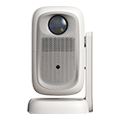
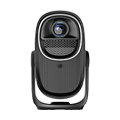



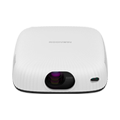
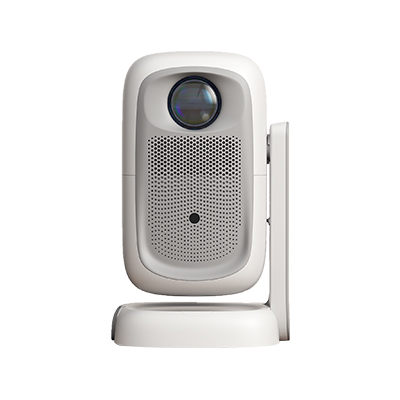
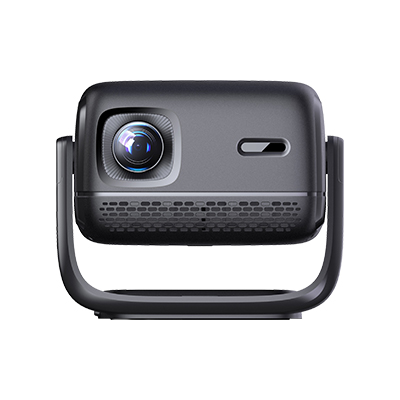
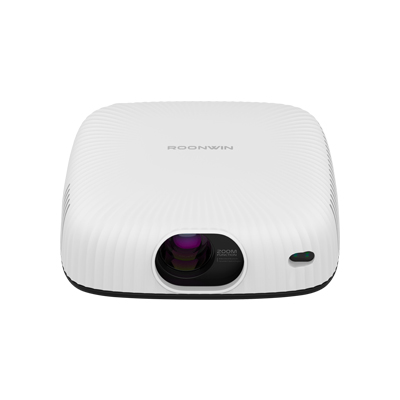









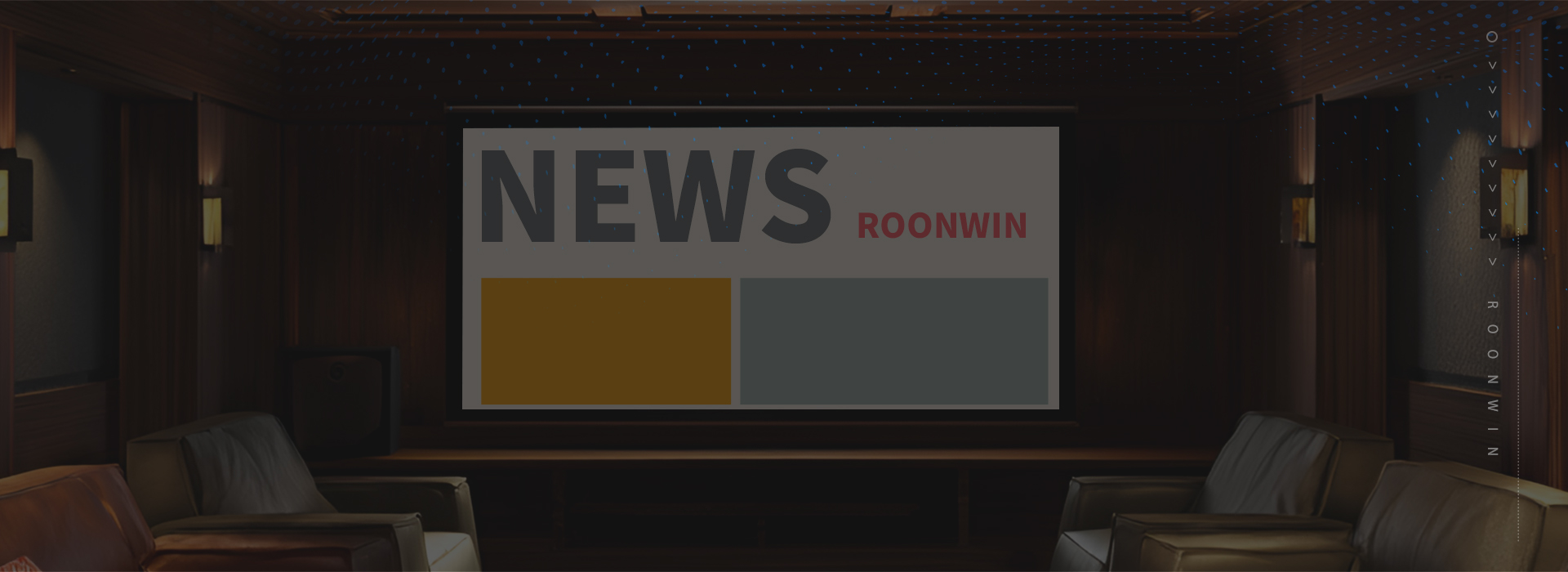
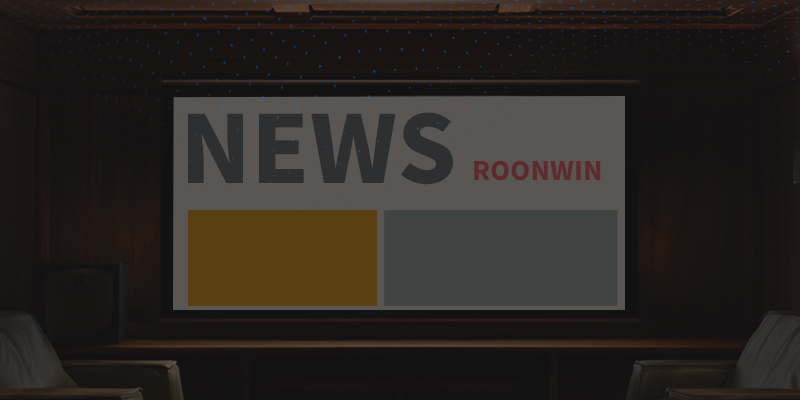
 Reviewed:
Reviewed:










